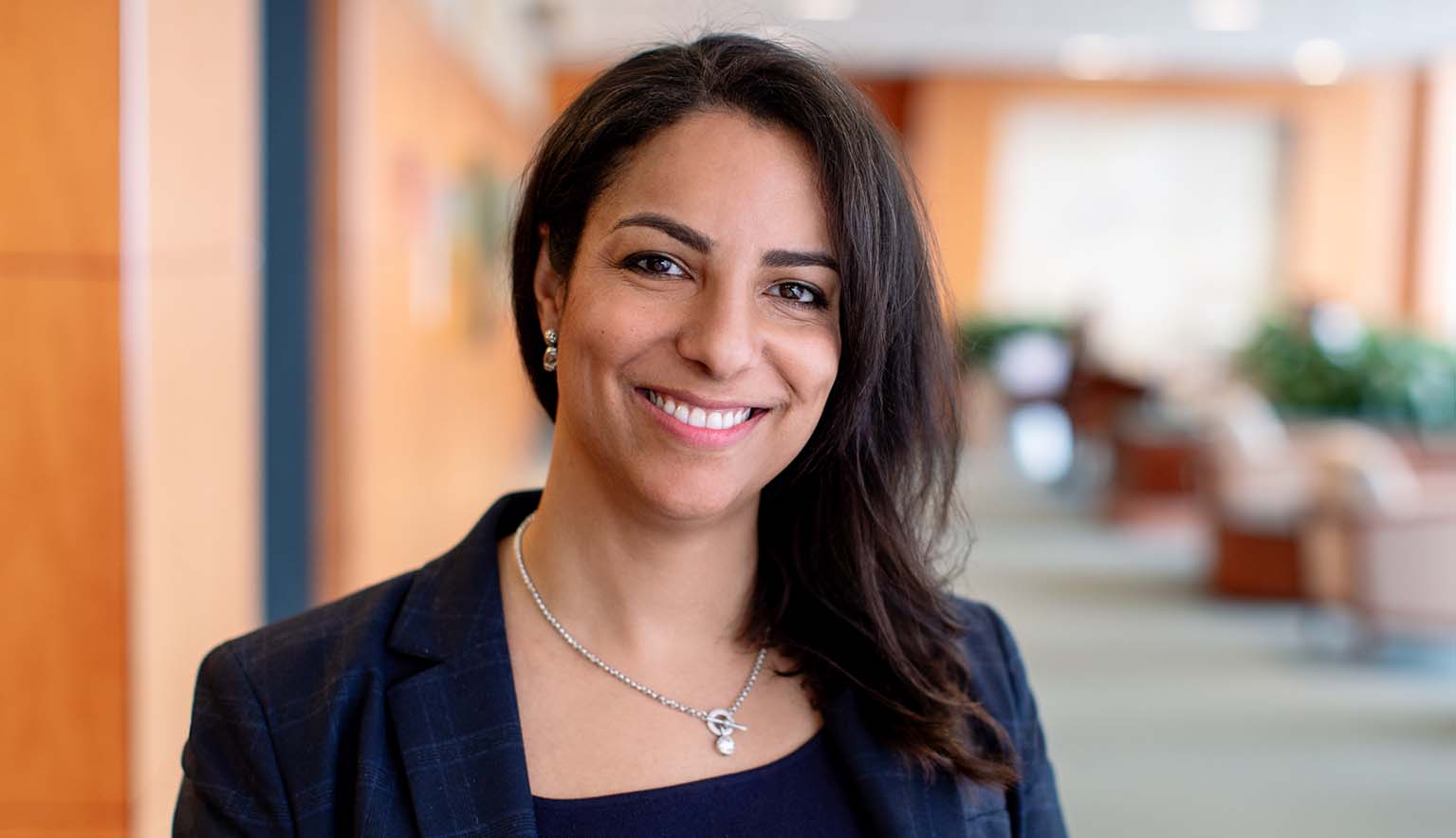Year One as Mayo Clinic’s First Chief Digital Officer: A Discussion with Rita Khan
March 8, 2021 – By Jared Mueller, Director – Mayo Clinic Innovation Exchange
Rita Khan joined Mayo Clinic as the organization’s chief digital officer in January 2020, where she has established the Center for Digital Health (CDH) and leads Mayo Clinic’s enterprise-wide digital strategy.
Before joining Mayo Clinic, Khan served as senior vice president of consumer digital at UnitedHealthcare. She led a team responsible for designing and building digital solutions for providers, employers, and members across UnitedHealthcare’s commercial, Medicare, and Medicaid businesses.
Khan previously served as global vice president of product at Digital River Inc., a provider of ecommerce, payments and marketing services. She also was director of bestbuy.com and director of Best Buy’s direct to business channel. Khan began her career at Target Corporation.
Q: Since you joined Mayo Clinic last year, how has Mayo’s digital approach evolved in response to the pandemic?
RK: Long before COVID-19 emerged, patients expected more convenience and efficiency in their healthcare. The healthcare sector has not yet delivered on its full potential. Our goal is to empower patients to move seamlessly across the continuum of care — transitions that include movements between in-person and remote care.
The pandemic has only accelerated our work. One telling statistic is: between February and May 2020 alone, Mayo Clinic went from facilitating 10 video visits a day to 1,500 video visits a day. Yet we are still only scratching the surface of the digital evolution that Mayo Clinic is embarking on as part of its 2030 strategy to cure, connect, and transform healthcare.
Q: What is the Center for Digital Health’s guiding goal in terms of Mayo Clinic’s 2030 strategy?
RK: Our goal at CDH is to be the unequivocal leader in digital experience. I am confident that we can be the leader in digital experience in healthcare, but we are more ambitious than that, and want to create digital experiences that even institutions beyond healthcare look to emulate. How do we create experiences that people love, that are helpful to them — and that don’t create stress or disruption during their engagements with Mayo Clinic, whether as a patient, an employee, or an internet user seeking health information online?
The patient experience is paramount at Mayo Clinic, but we also see the Center for Digital Health’s customer universe as much broader — to include care seekers, caregivers, providers, researchers, educators, and administrators.
Q: In addition to improving patient care, how does digital innovation support Mayo personnel in their efforts to serve the needs of patients?
RK: Modern-day medicine involves many distinct tools and software applications, oriented toward the needs of particular medical specialties or processes in healthcare provision.
Our medical director at CDH, Dr. Brad Leibovich, is quick to note that digital innovations can enhance both staff satisfaction and the patient experience, by streamlining many of providers’ interactions with their workstations and multiple systems. The less time a physician or another provider spends wrangling data during a patient visit, the more time she can spend looking her patient in the eye and understanding that patient’s situation.
Digital-enabled efficiencies will also allow Mayo Clinic researchers more time to investigate and develop the next generation of cures, increasing the number of patients who will benefit from innovation at Mayo Clinic.
Q: What breakthrough innovations in healthcare delivery or technology excite you most?
RK: Now that we have the compute power to process large volumes of data, we are now able to benefit from the power of big data analytics and machine learning and apply the capability across research, care delivery, and patient experience to improve reliability, efficiency, and accuracy.
This is a powerful tool to aid our physicians and create personalized and predictive self-service solutions for our patients. For example, Mayo Clinic physicians are using machine learning to detect patterns in ECG data that are not detectable by a human. The detection of these patterns provides a diagnosis that would otherwise require echocardiography or CT scan to detect, lowering the cost and providing a more rapid diagnosis, both of which benefit our patients.
We are just at the beginning of this journey, and are building out the foundation to make data and AI tools more accessible across Mayo Clinic. It is also important to note that this capability comes with responsibility to establish ethical standards and guard rails to protect against biased outcomes that impact quality and equitable care.
Call for Digital Health Innovations
Are you developing an innovative healthcare technology? Contact the Mayo Clinic Innovation Exchange to learn how membership can help bring your company or your idea closer to patients.

